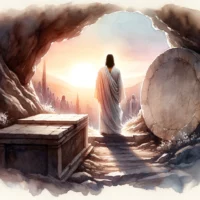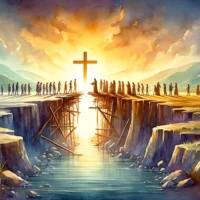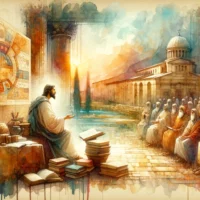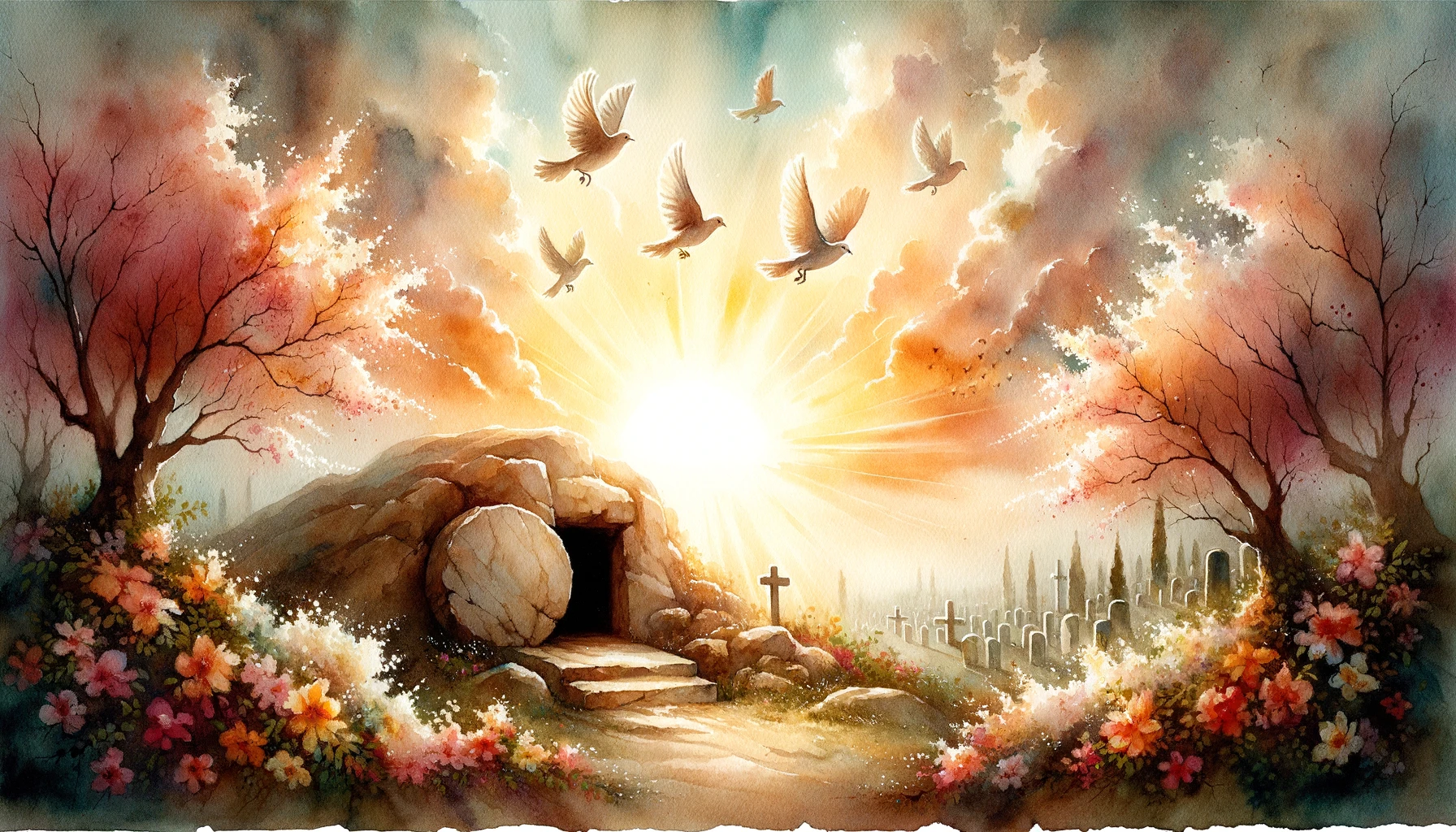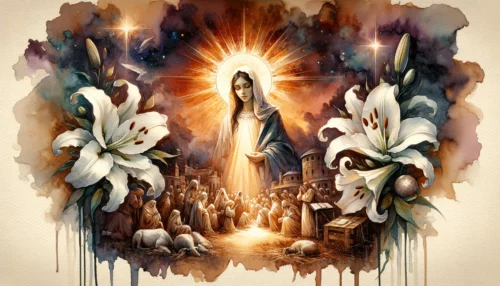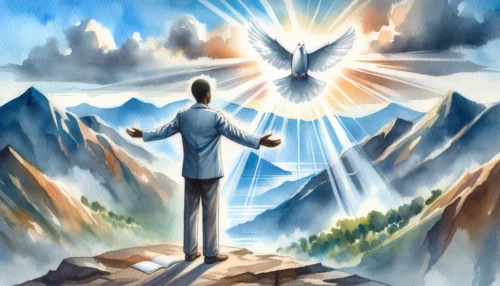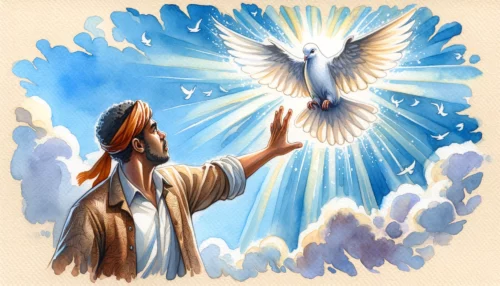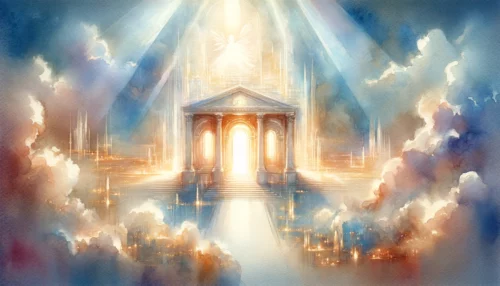The crucifixion and resurrection of Jesus Christ form the very heart of Christian theology and belief. Our faith is grounded in the understanding that Jesus, after being crucified, was buried and rose again on the third day. However, a question often arises: Was Jesus in the tomb for three full days and nights? In this article, we will explore this query from a biblical standpoint, considering both the Jewish concept of time during the period and the specific language used in the New Testament.
Understanding the Jewish Concept of a Day
When we approach the question of Jesus’ time in the tomb, it’s important to understand the Jewish concept of a day during that era. This understanding will shed light on the perceived discrepancy that seems to arise when we consider the traditional timeline of Jesus’ crucifixion and resurrection.
In our modern, western understanding, a day consists of 24 hours and begins at midnight. However, in Jewish culture at the time of Jesus, a day was counted from sunset to sunset. This means that a day began when the sun set and ended at the next sunset.
This understanding comes from the Genesis account of creation, where each day is marked by “evening and morning” (Genesis 1). The Jewish people adopted this method of timekeeping, so in their understanding, even a portion of the day can be considered as one full day.
Let’s consider the timeline of Jesus’ crucifixion and burial. According to the Gospel of Mark, Jesus died at the ninth hour, which in Jewish timekeeping would be around 3 PM. He was buried before the sunset on that day, which marked the beginning of the Sabbath (Mark 15:42-47). So, from the Jewish perspective, even though Jesus was in the tomb for only a part of that day, it would still count as the first day.
The second day was the Sabbath, which lasted from Friday sunset to Saturday sunset. The third day began at sunset on Saturday and ended at sunset on Sunday. So, if Jesus was raised anytime after sunset on Saturday, it would be considered as the third day.
In the light of this understanding, we can see that the phrase “three days and three nights” does not necessarily mean 72 hours as we understand it today. Instead, it is consistent with the Jewish way of reckoning time, where any part of a day can be considered a full day.
This Jewish understanding of time is crucial when interpreting the events surrounding Jesus’ death and resurrection. By considering the day to start at sunset, we find that even though Jesus may not have been in the tomb for three full 24-hour periods, it is still in line with the declaration of His resurrection on the third day. It also helps us to reconcile the accounts of the Gospel writers, as we will see in the following sections.
Scriptural References to the Three Days and Nights
With the understanding of the Jewish concept of a day in mind, let’s examine the scriptural references that mention the timeline of Jesus’ death, burial, and resurrection. The phrase “three days and three nights” is not merely a casual statement. It carries a significant meaning and is deeply rooted in Old Testament prophecy and New Testament fulfillment.
The most direct statement made by Jesus himself regarding the length of his entombment can be found in the book of Matthew. Here, Jesus draws a parallel between the prophet Jonah’s three days and three nights in the belly of a great fish and His own time in the heart of the earth (Matthew 12:40). This analogy, while seemingly indicating a full span of 72 hours, aligns with the Jewish understanding of time, where any part of the day can be considered a full day and night.
In several other instances, Jesus prophesied about His death and resurrection, often referring to the event taking place on the third day. For example, after Peter’s confession of Jesus as the Christ, Jesus began to explain to his disciples that He must go to Jerusalem, suffer many things, be killed, and be raised the third day (Matthew 16:21). Similarly, while journeying to Jerusalem, Jesus took the twelve disciples aside and again predicted His death and resurrection on the third day (Matthew 20:18-19).
The Gospel of Luke also gives an account of the resurrection of Jesus where it is mentioned that the event took place on the third day. When the women who had come with Jesus from Galilee found the tomb empty, they were reminded by two men in shining garments that Jesus had told them He would rise on the third day (Luke 24:1-7).
It is clear from these scriptural references that the timeline of “three days and three nights” or rising “on the third day” aligns with the Jewish method of counting days from sunset to sunset. Jesus’ use of the phrase “three days and three nights” follows a common Jewish idiom of his time and does not necessitate a literal 72-hour period. The phrase “on the third day” is compatible with the timing of Jesus’ crucifixion on Friday, His rest in the tomb during the Sabbath, and His resurrection on Sunday morning.
When we closely observe these scriptural references, we find that they coherently point towards a crucifixion and burial before sunset on what we call Good Friday, a resurrection on the day we celebrate as Easter Sunday, and a time in the tomb that aligns with the Jewish counting of three days and three nights.
Reconciling the Gospel Accounts and the Three-Day Framework
Having considered the Jewish concept of a day and the scriptural references to the three days and nights, we can now examine how the Gospel accounts align with this timeline. The four Gospels – Matthew, Mark, Luke, and John – each provide details about the events leading to and following Jesus’ crucifixion. Let’s look at these accounts to see how they fit into the three-day framework.
The Gospel of Matthew indicates that Jesus died on the day of Preparation, the day before the Sabbath, and was buried before sunset on that day (Matthew 27:57-61). Mark’s account agrees with this, stating that Joseph of Arimathea, a member of the Council, asked for Jesus’ body after His death, which occurred on the day of Preparation, that is, the day before the Sabbath (Mark 15:42-47).
Luke also confirms this timeline, describing that the women who had followed Jesus saw the tomb and how His body was laid. Then they returned and prepared spices and ointments. On the Sabbath they rested according to the commandment (Luke 23:55-56). This suggests that Jesus was buried before sunset on the day of Preparation, the day before the Sabbath.
John’s Gospel, while providing more details about the events, does not contradict this timeline. John states that because it was the day of Preparation, and so that the bodies would not remain on the cross on the Sabbath, the Jews asked Pilate that their legs might be broken, and their bodies taken away (John 19:31). This suggests that Jesus’ death and burial took place on the same day, before the beginning of the Sabbath at sunset.
These Gospel accounts all align with the understanding that Jesus was crucified and buried before sunset on the day of Preparation (Friday), remained in the tomb during the Sabbath (Saturday), and was resurrected on the first day of the week (Sunday). This timeline fits into the Jewish reckoning of time and the biblical language of “three days and three nights” or rising “on the third day”.
The Gospel accounts harmonize with each other when viewed through the lens of the Jewish understanding of a day and the scriptural references to the timeline of Jesus’ death, burial, and resurrection. This understanding underscores the consistency of the biblical narrative and reinforces our faith in the historical and spiritual truth of Jesus’ resurrection on the third day.
Continuing the Journey of Faith
As we’ve journeyed together through the Jewish concept of a day, the scriptural references to the three days and three nights, and the Gospel accounts of Jesus’ death and resurrection, we hope you’ve found clarity and a deeper understanding of this cornerstone of our faith.
To further reflect on this subject, consider the following questions:
- How does the Jewish understanding of a day change your perspective on the timeline of Jesus’ death and resurrection?
- How can you use this understanding to explain the three-day timeline to others who may have questions?
- How does the consistency of the Gospel accounts reinforce your faith in the truth of Jesus’ resurrection?
Faith is a journey, not a destination. And every journey is made up of steps, each one leading us closer to the heart of God. As we continue on this journey, let’s draw strength from the truth of Jesus’ resurrection – a truth that stood firm in the face of time, culture, and circumstance, and remains unshaken today. Let the power of His resurrection inspire us to live a life of faith, hope, and love, knowing that in Christ, every end is a new beginning, every sunset is a promise of a sunrise, and every tomb is a promise of an empty one.
